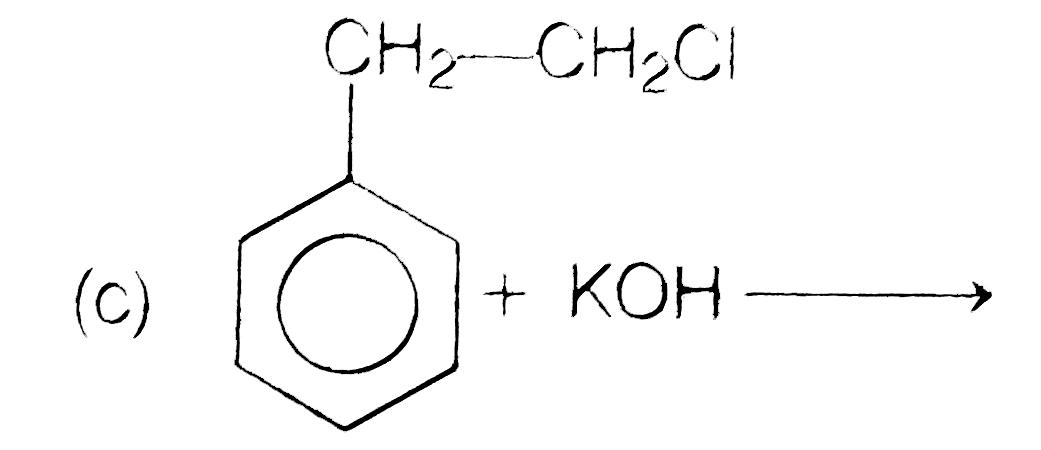The reaction,
MgO(s)+C(s)→Mg(s)+CO(g), for which ΔrH∘=+491.1 kJ mol−1 and ΔrS∘=198.0JK−1mol−1, is not feasible at 289 K . Temperature above which reaction will be feasible is :
2480.3K
1890.0K
2380.5K
2040.5K
The correct Answer is:A
The reaction
MgO(s)+C(s)→Mg(s)+CO(g)
ΔHr=+4941.kJ/mol
ΔSr=198.0Jk−1mol−1
ΔG=0 at equilibrium
T=ΔHΔS=491.1×103198.0=2480.3K
Similar Questions
Predict whether it is possible or not to reduce magnesium oxide using carbon at 298K according to the reaction.
MgO(s)+C(s)→Mg(s)+CO(g)
ΔrHΘ=+491.18kJmol−1 and ΔrSΘ=197.67JK−1mol−1
If not at what temperature, the reaction becomes spontaneous.
View SolutionΔvapH∘ for water is 40.73 kJ mol−1 and ΔvapS∘ is 109 J K−1mol−1. Calculate the temperature at which liquid water wil be in the equilibrium with water vapour.
View Solution
Knowledge Check
SN1 reaction is feasible in
A B
B C
C D
D
For a reaction, ΔH=10000 kJ mol−1andΔS=25 kJ k−1mol−1. The minimum temperature, above which the reaction would be spontaneous is
A127∘CB400∘CC75∘CD410∘CFor the reaction 2Ag2O(s)→4Ag(s)+O2(g),ΔH is 61.17 KJmol−1 and ΔS is 132 JK−1mol−1 . Compute the temperature above which the given reaction will be spontaneous.
AT>463.4KBT>190.25∘CCT<190.25∘CDT<463.4K
A process has ΔH=8KJmol−1 and ΔS=80JK−1mol−1 The temperature at which the process will be in equilibrium is ____________ K.
View SolutionThe value of ΔHandΔS for a reaction are respectively 30 kJ mol−1and100JK−1mol−1. Then temperature above which the reaction will become spontaneous is:
View SolutionFor a reaction, P+Q→R+S. The value of ΔH∘ is −30 kJ mol−1andΔS is −100 J K−1mol−1. At what temperature the reaction will be at equilibrium?
View SolutionΔvapH=30kJmol−1 and ΔvapS=75mol−1K−1. Find the temperature of vapour, at 1 atm.
View SolutionFor the reduction of lead oxide by coke (PbO+C→Pb+CO),ΔH and ΔS are found to be 108.8kJmol−1 and 190JK−1mol−1 respectively. The minimum temperature above which the reaction will be spontaneous will be
View Solution